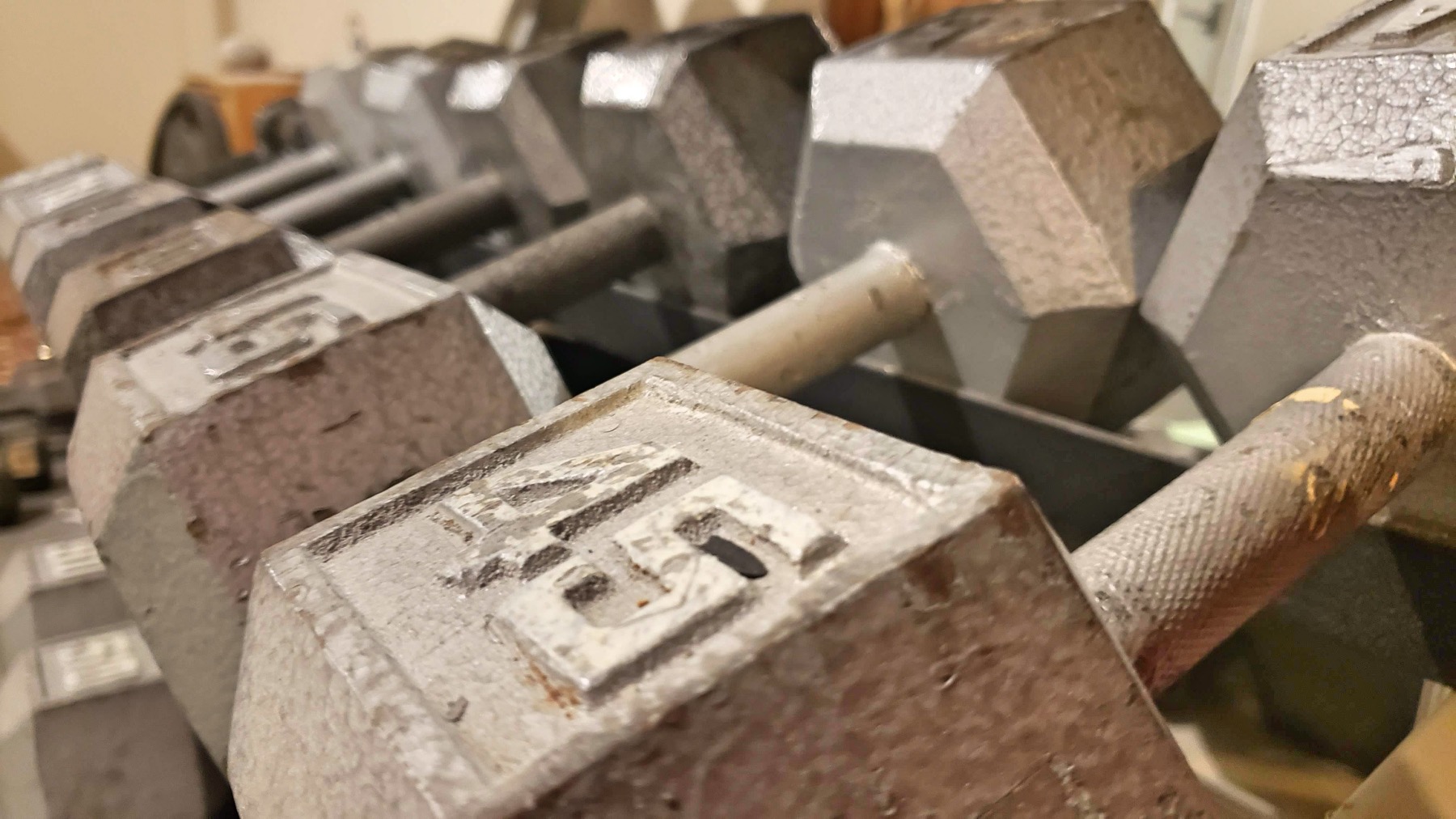Your body is in constant changes of anabolic and catabolic states. An anabolic state describes the process of building and repairing muscle tissue while a catabolic state is the process of breaking it down. An anabolic state is necessary to see huge gains and the body you desire but a catabolic state will instead break down your muscle tissue – something you don’t want to happen.
An anabolic state is created by combining healthy nutrition, proper training and rest.
You can achieve an anabolic state by watching your diet and the types of foods you eat. If you’re trying to gain mass, it’s still important that you eat healthy, even if your calorie intake is high. If you’re trying to drop weight and cut fat from your body, it’s even more important that you eat appropriately. You need to provide your body with the nutrients it needs to repair itself and starving yourself to reach calorie goals isn’t the way to do it.
You never want to reach a negative caloric balance or your body will go into a catabolic state. This is where your body will go into conservation mode, breaking down muscle tissue for energy. To help muscle tissue recover, eat meals every 2-3 hours which contain protein, especially in the morning after your body has been starved for 8-10 hours. You should consume approximately 18-22 calories per pound of body weight per day. Eating every 2-3 hours sounds like a lot of food but when you break the meals down into smaller portions, it’s much easier. You can eat three large meals per day too, as long as you aren’t starving between meals. Calculate your daily calorie intake and prepare a meal plan to keep yourself on track.
In addition to eating healthy, you also need to understand the limits of training you can place on your body. If you undertrain, you won’t see the gains that you’re hoping for, but at least you aren’t causing your body harm. If you overtrain on the other hand, you cause more damage to your muscle tissue, which will take your body longer to repair. If you train too hard, you never give your muscle tissue a chance to heal.
It’s common to workout anywhere from 20 minutes to 60 minutes, but a workout shouldn’t last longer than 90 minutes total. If you workout longer than 60 minutes, it’s extremely important that you have been eating properly and are drinking plenty of water (at least 8 cups per day). If you are doing intense workouts such as Insanity, you might even consider consuming 120oz of water per day, which is about 15 cups of water.
Lastly, you need to give your body enough rest. This goes hand-in-hand with training. When you workout, aerobic (cardio) or anaerobic (weightlifting), you cause tiny tears in your muscles. These tears can only be repaired by resting them. This is why you should workout different muscle groups throughout the week. It’s common to allow at least 72 hours before working out the same muscle group again. If you have accidentally overtrained, you may need to give your body even more time to recover.
Prevent your body from reaching a catabolic state by taking the proper precautions. Eat healthy and regularly to prevent the breakdown of muscle tissue, don’t overtrain and make sure that you give your body enough rest to recover fully. By preventing a catabolic state, you’ll see the gains you’ve been working so hard for.








